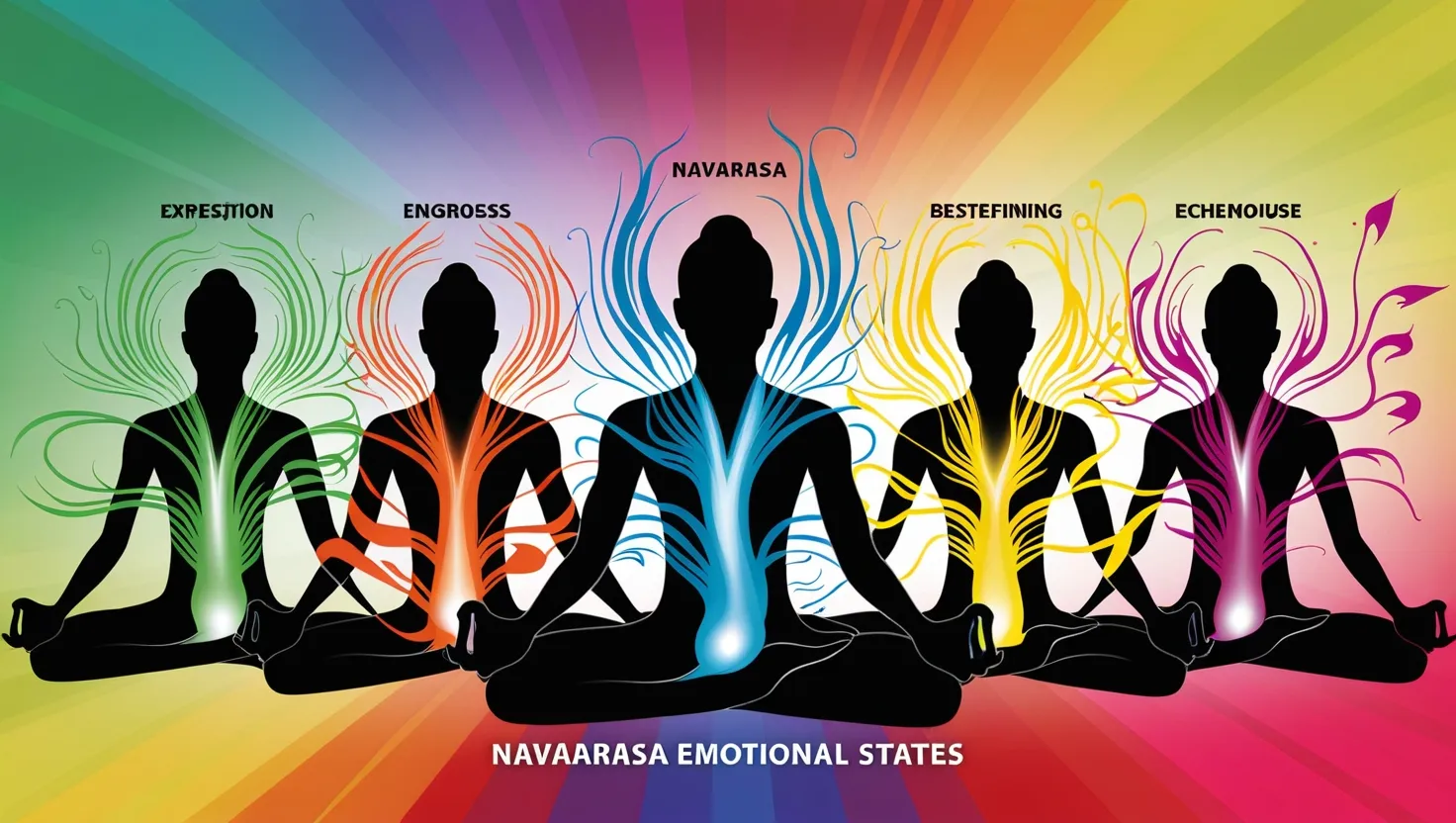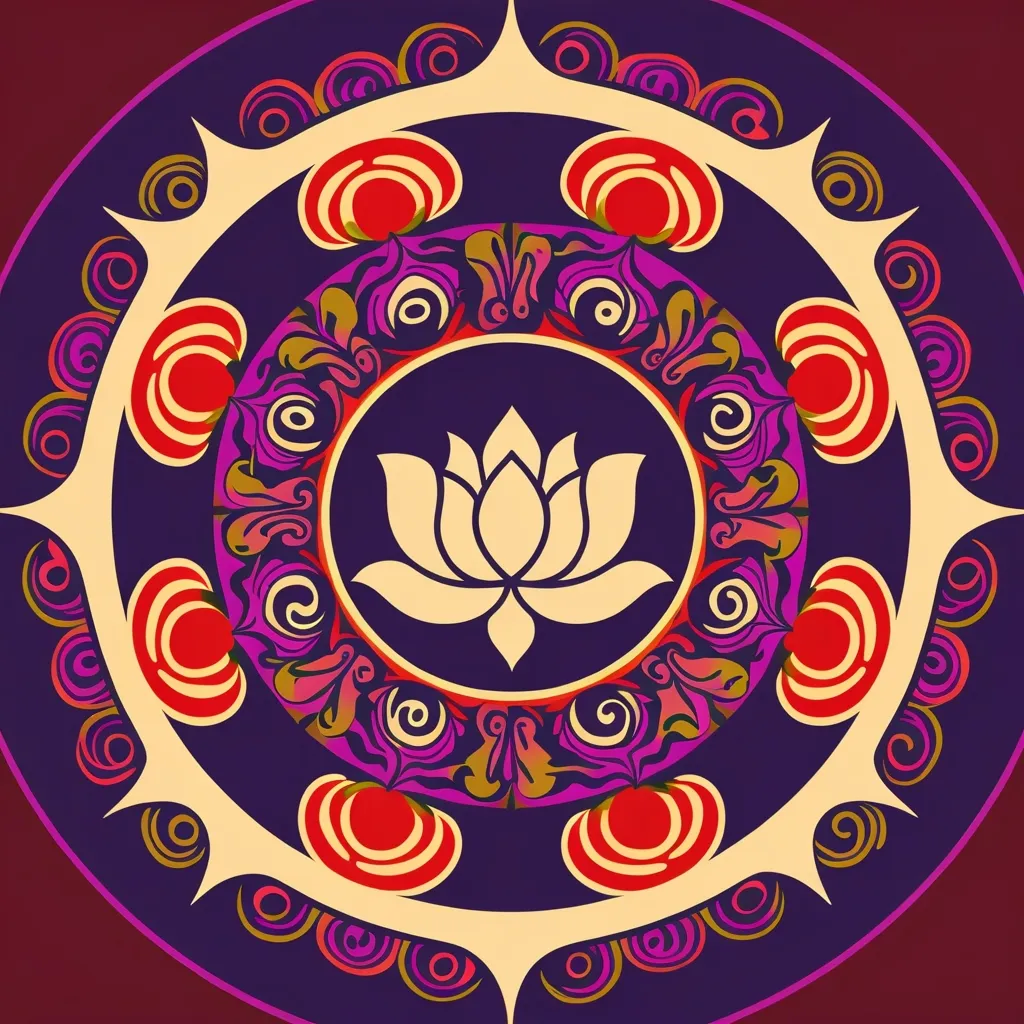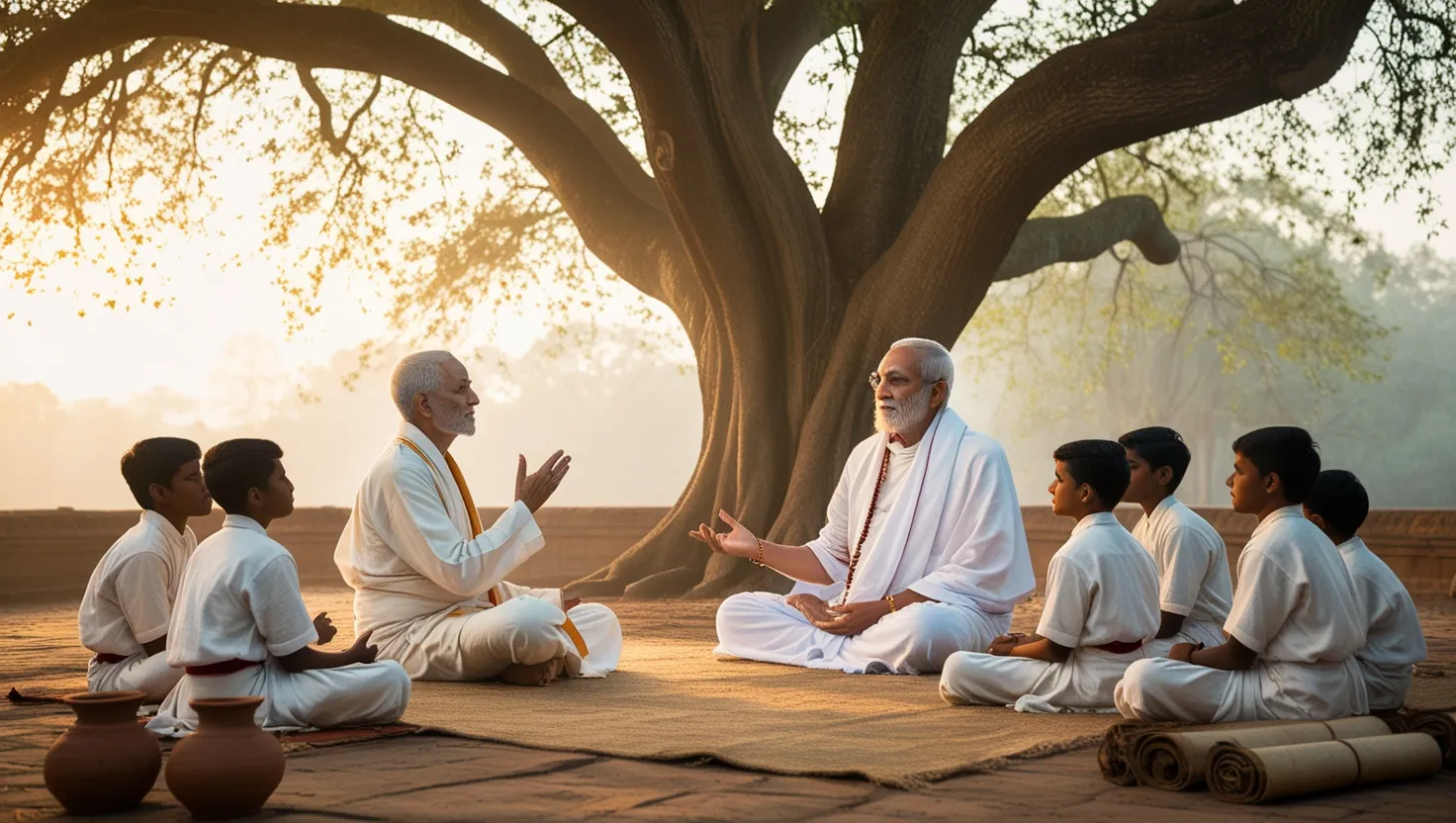When I think about the concept of navarasa, I’m reminded just how early humans began codifying emotions. Imagine, over two millennia ago, artists and scholars in India were already debating which feelings best capture the entire range of human experience. The result: navarasa, a vocabulary of nine core emotional states that shaped not only the stage and poem but also our understanding of inner life.
Take a moment to consider: Which emotion do you feel most often? Would you name love or anger? Maybe wonder? In the language of navarasa, every main feeling is given both a place and a purpose. You’ll find shringara, the joy and sometimes heartbreak of love. Then there’s hasya—laughter that bubbles up unexpectedly, sometimes gentle, sometimes mocking. Karuna expresses compassion or the ache of loss, while raudra carries the fire of anger. Veera stands for courage, bhayanaka for fear, bibhatsa for disgust, adbhuta for wonder, and shanta for that rare and sustaining peace. Each can be a destination, an origin, or simply a visitor passing through.
What’s especially fascinating is that this system was never meant to be learned in isolation. In a sense, you and I become part of it every time we watch a play, listen to music, or witness a dance. The Natyashastra, that ancient Sanskrit manual on drama and performance, set up navarasa as a sort of emotional palette. The artist’s role: to paint with these colors so skillfully that those watching—us, the audience—start to feel the same emotions coursing through their own veins. The performance becomes a shared emotional journey.
“Art washes away from the soul the dust of everyday life.” — Pablo Picasso
Consider classical Indian dance. Dancers spend decades perfecting not just athletic movement, but the minute control of facial muscles, the flutter of an eyelash, the quiver of a lip. Why? So that even someone who doesn’t speak a word of their language can see “compassion” or “anger” made real in front of them. There’s a certain humility in this—artists act as vessels, channeling emotion so powerfully that it transforms both them and their audience.
But navarasa isn’t just about expression; it asks us to pause over the very nature of the feelings we carry. Why do some stories stir dread, others awe? Why does laughter sometimes slip into sadness, or anger into courage? Hindu aesthetic philosophy suggests these are not accidents. Each rasa reveals something true, not only about us as individuals but about what it’s like to be human. The emotions are universal—anyone, anywhere, can recognize them if they are skillfully shown.
Let’s linger on a few of the rasas you might not expect. It’s easy to see why love, anger, or laughter make the list. But disgust? Bibhatsa is a rasa that evokes unease, even revulsion. Its purpose is to remind us of our limits, our frailty, our standards for what is acceptable or pure. When you recoil at a story, a scene, or a painting, that’s bibhatsa at work. Think about it: How many modern movies or books use this tool, sometimes to shock, sometimes to wake us up?
Adbhuta, or wonder, is even more intriguing. Wonder isn’t joy, exactly, nor is it fear. It’s the gasp we make when the world suddenly feels larger than we imagined. I find this particularly relevant today, as we constantly chase novelty and surprise, perhaps without realizing we’re also searching for adbhuta—the feeling that there’s still mystery left in life.
“Wonder is the beginning of wisdom.” — Socrates
Now, about shanta, often translated as peace or tranquility. This rasa was added to the original list much later, and only after a fair bit of debate. Some artists felt that peacefulness was less dramatic, maybe too quiet to stand alongside the intensity of anger or love. But others insisted—shanta is essential. Without it, the cycle of emotion would have no resolution. After every storm, don’t we look for calm? In artistic terms, shanta can feel like silence after a powerful symphony: the pause that makes sense of everything before.
From a psychological perspective, navarasa offers something surprising—an early, highly structured take on emotional intelligence. The system acknowledges that while feelings can be overwhelming, they can also be observed, crafted, even refined. By watching them played out on a stage or in a painting, we learn to recognize them in ourselves without becoming lost or swept away. In this sense, navarasa is practical philosophy, not just aesthetics.
Ever pause mid-conversation and realize you’re actually acting out one of these emotional states? Maybe in that flash of anger, or a quiet moment of shared laughter? The navarasa asks us to treat these as patterns we can study, not just symptoms to be endured. The more familiar we become with each rasa, the more gracefully we might move through life’s own theater.
“All the world’s a stage, and all the men and women merely players.” — William Shakespeare
There’s also something radical about how navarasa levels the playing field between artist and audience. It says: If I do my job well, you will feel what I feel. If you are open, you might leave changed, a little lighter, a little wiser. The effect is not simply entertainment—it’s transformation. Early Indian thinkers even suggested this emotional journey could be purifying, almost like meditation, clearing the mind of everyday clutter and opening the way to new insight.
At first glance, this might sound like pure idealism. Yet, modern neuroscience backs it up: mirror neurons in the brain actually respond to the emotions we see in others, especially in the context of drama and storytelling. When we sit in a darkened theater or lose ourselves in a novel, our bodies—and our minds—really do participate.
There’s another subtle dimension: Artists are trained not only to express but to modulate emotion. Too much anger overwhelms; too little, and nothing stirs. The most skilled performers measure every gesture, every line, for just the right effect. This calls to mind the principle of balance, found throughout Hindu thought—emotions are celebrated, but also given shape and direction.
What happens when we approach modern life through the lens of navarasa? Do these categories still serve, or have we moved beyond them? Perhaps we encounter the same emotions—love, fear, disgust—though expressed in tweets or on screens, rather than temple theaters. The need to witness, to feel together, remains unchanged.
Let me ask: How often do you reflect on the emotion you’re experiencing, not just the fact that you are feeling? How might your day-to-day change if you named your mood as one of these rasas—and responded as an artist would, with awareness and intention?
“Ninety percent of the world’s woe comes from people not knowing themselves, their abilities, their frailties, and even their real virtues.” — Sydney J. Harris
The navarasa system also highlights that art is not merely a mirror held up to the world. Art actively shapes the way we experience life. When I see courage modeled onstage, it gives me a frame for my own bravery. When I encounter karuna or compassion, especially in the context of a tragedy, I am reminded of my shared humanity.
Some thinkers have even argued that the ultimate goal of art in this tradition isn’t pleasure, but wisdom. By cycling through each emotional state—by feeling deeply, but within the safe bounds of art—we grow in understanding and self-mastery. This is where rasa and spiritual practice overlap. The experience is said to be both sensual and transcendent, rooting us in the body while also pointing beyond it. It suggests that the boundary between art and life is thinner than we imagine.
For those outside India, the universality of navarasa may come as a surprise. How could such an old system, born in a very particular place and time, speak to audiences everywhere? And yet, its influence has spread across borders and centuries, finding echoes in everything from Japanese Noh theater to European opera and Hollywood storytelling. Human emotion, after all, is a common thread wherever you look.
Throughout history, artists have pushed the boundaries of these categories. Modern dance companies may set bibhatsa to hip-hop, or choreograph adbhuta in silence. Filmmakers and writers take what was once confined to temple drama and translate it for the digital age. The essence remains: Emotion is both the subject and the engine of all meaningful art.
All this leads me to see navarasa as not only an ancient tool but a living one. Whether you are an artist, a teacher, a leader, or simply someone who wants to better understand yourself, there’s value in pausing to ask: Which rasa am I channeling now? Is it chosen, or automatic? How might I use this awareness to shape my own story and connect more deeply with others?
To sum up, navarasa stands as a reminder that feelings, far from being vague or chaotic, can be studied, shaped, and even shared. The emotional states codified centuries ago continue to ripple outward, shaping not only Indian art but every act of emotional expression we experience today. If you look for them, you’ll notice these rasas everywhere—in the stories we tell, the conversations we have, and the everyday theater of life itself.
“Emotion which is suffered, ceases to be suffering and becomes experience.” — John Dewey
So next time you find yourself moved by a song, a story, or the kindness of a stranger, pause and think: Which rasa is moving through you? And can you, even briefly, become both the artist and the audience of your own experience?






